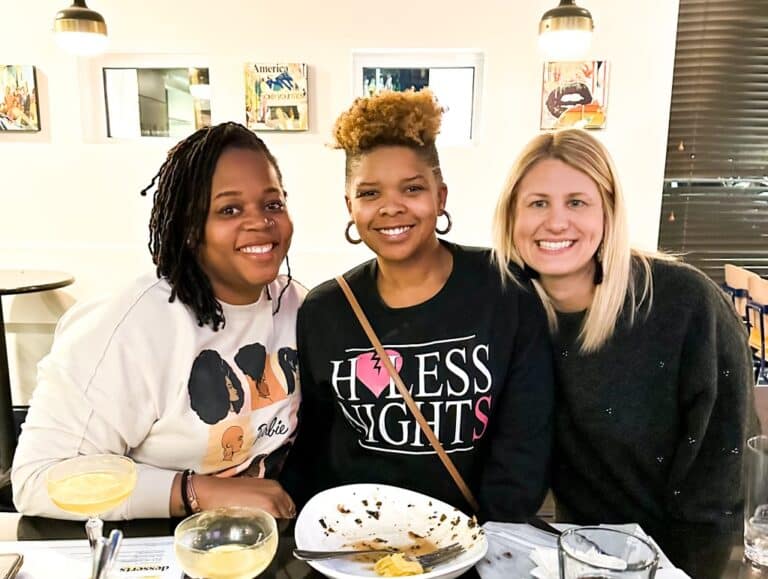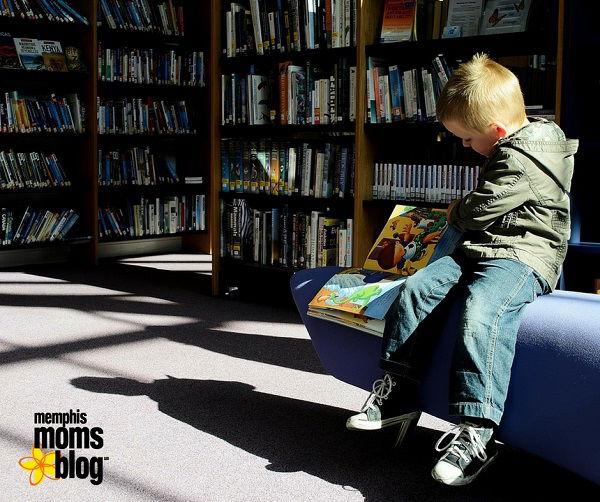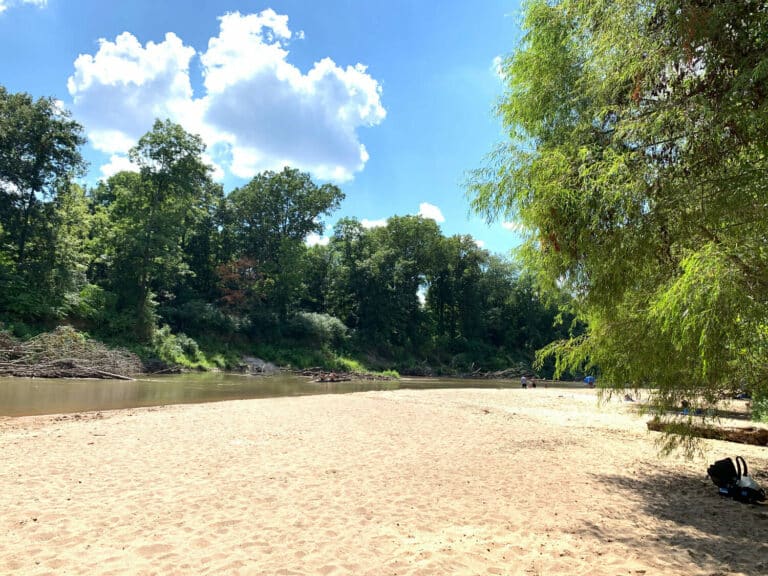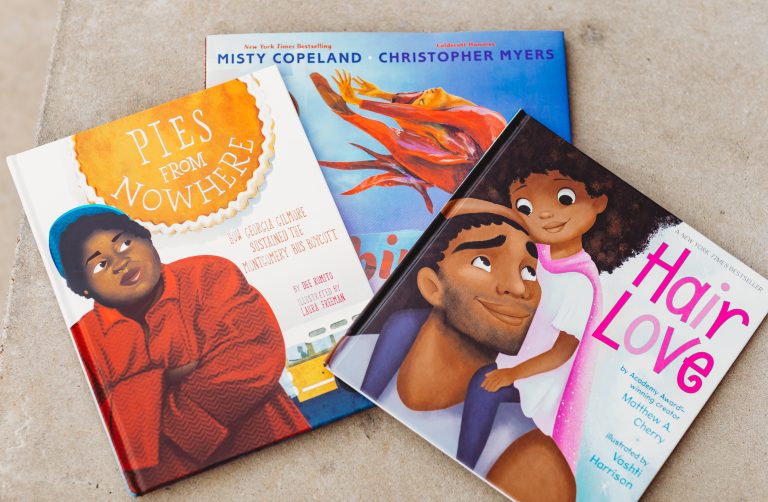Facing the Facts: Non-Fiction Books to Read
If you’re anything like me, you like to learn something when you read. Sure, there is plenty to learn from novels, but usually not direct facts. And I like facts. Don’t you? They give you a topic for a deep Google dive, provide conversation starters, grow understanding of others’ experiences and opinions, and give a sense of purpose for the hours spent reading them.
This is from where my love of non-fiction stems.
Whether you’re a fellow fact-finder or curious to expand your book genre horizons, here is a list of non-fiction books to read. I’ve organized them into a few groups; it’s clear what topics interest me!
Medical Facts
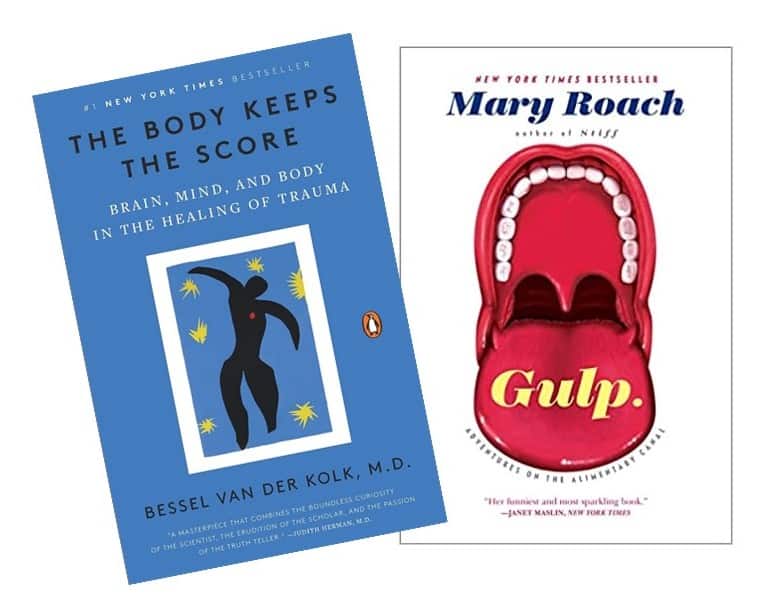
- Gulp: Adventures on the Alimentary Canal by Mary Roach. Anyone remember the movie Innerspace where Dennis Quaid, Martin Short, and Meg Ryan take a trip through the human body? This book is like that, but nobody is miniaturized. Roach takes you through the body’s systems from mouth to … well … the other end, focusing a chapter on each step along the way. By describing fascinating facts about the human body, mind, and behavior through humor and reference to scientific research, she answers questions you never thought you had about bodily functions. Maybe not the book to read if you’re looking for dinner conversation topics.
- The Body Keeps the Score by Bessel van der Kolk, M.D. Whether or not you’ve personally experienced trauma, this book is enlightening. Van der Kolk describes his decades of psychiatric research, practice, and professing related to more than just diagnosing and treating people who suffer from Post-Traumatic Stress Syndrome (PTSD): he dives into how the psyche affects physiology. Van der Kolk presents the facts about brain changes documented in people with PTSD and the challenges and successes of finding treatments to managing the side effects of their traumatic experiences. Subtopics of note include veterans, ADHD, and mood stabilizer medications.
Cultural/Political Facts
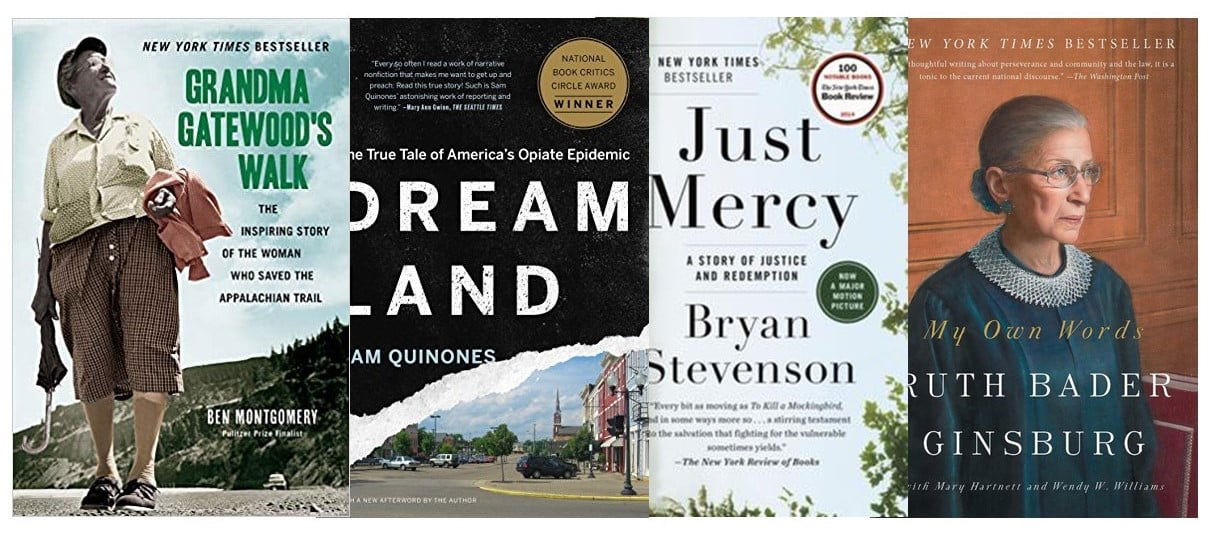
- Grandma Gatewood’s Walk by Ben Montgomery. We’ve all heard the vision quest stories of people hiking the Pacific Crest Trail or Grand Canyon, or climbing to the summit of Mt. Everest. They’re usually young(ish) and/or affluent. But Ben Montgomery tells the true story of an older and poorer woman who hiked the Appalachian Trail solo in the 1950s! The awe-inspiring story of Emma Gatewood, who was the first person to walk the entire Appalachian Trail, accounts for the geographic and emotional journey she underwent. Gatewood’s multiple treks along the route (she did it more than once!) are credited for being key to saving the Appalachian Trail. A true trailblazer, Gatewood’s story is inspirational and motivational.
- Dreamland: The True Tale of America’s Opiate Epidemic by Sam Quinones. By now, most of us have been touched by the opiate epidemic in some way. What you may not know, though, is how it started and ran rampant. The book follows three parallel storylines: 1) the geographic history of opiate cultivation and distribution; 2) the medical and scientific aspects of producing and prescribing; and 3) the personal and societal from the perspective of people addicted to opiates and their loved ones. Also, if you’re from southeastern Ohio (my spouse is from there), spoiler alert: that’s the heart of the epidemic!
- Just Mercy by Bryan Stevenson. Always relevant, but now commonly recognized, the state of the criminal justice system warrants dissection and deeper understanding. Stevenson tells his own story of striving to make change to if, how, and why people are arrested, incarcerated, and convicted – specifically the poor and wrongly condemned. Stevenson’s early career founding the Equal Justice Initiative placed him in the throes of the convoluted and cyclical processes and procedures of the system, and he built deep and committed relationships to those who fell victim to it. Just Mercy presents the facts of both how the criminal justice system fails the most vulnerable people in its “care”, and recounts the exasperating and maddening stories of some of his most memorable clients.
- My Own Words by Ruth Bader Ginsburg. Never-the-less she persisted. And isn’t that the truth?! The Notorious RBG published this autobiographical account of her career years before she passed away. From humorous notes on her relationship with her husband to descriptions of her signature necklaces/dissent collars to observations on the changes to American politics and governance over time, this piece is one for the history books.
Built/Natural Environment Facts
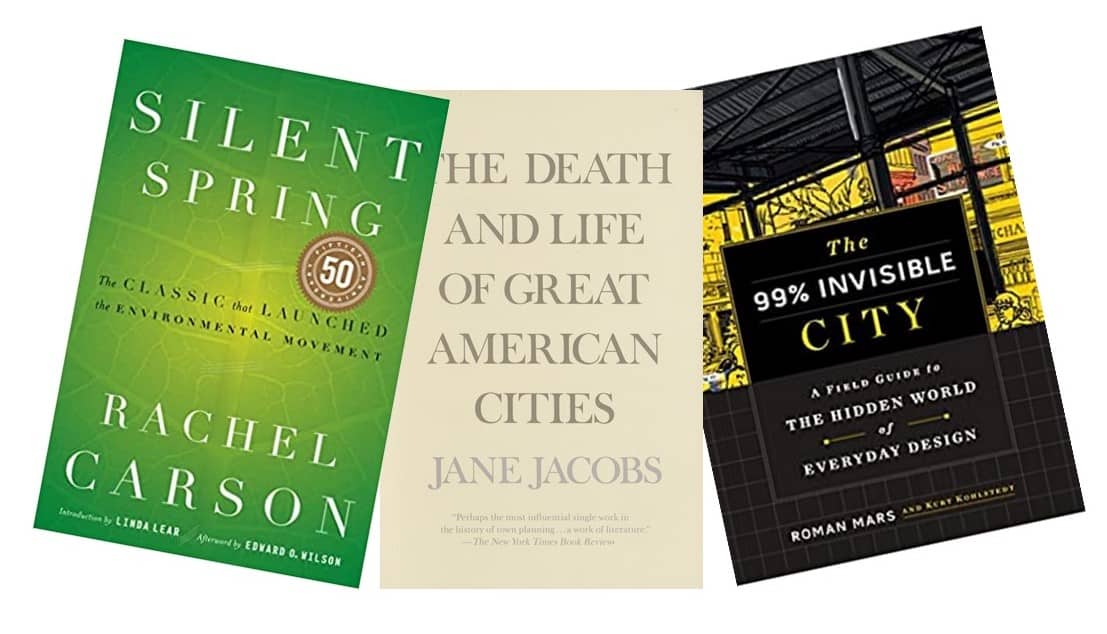
- Silent Spring by Rachel Carson. Written in 1962, this book reported the facts on how pesticides’ – namely DDT – widespread use was directly deteriorating water quality and causing ill effects to both the natural environment but also to the people interacting with it. Carson’s writing, while charged and scientific, is poetic and easy to read. Silent Spring was a controversial book at the time of its publication, and it – as well as Carson’s activism in general – is credited with leading to the creation of the Environmental Protection Agency.
- The Death and Life of Great American Cities by Jane Jacobs. Another historical and must-read read, this one focuses on how and why cities were built the way that they were in the late 1800s and early 1900s, specifically in the United States. Jane Jacobs, who is now a heroin of sorts with action figures and children’s t-shirts sold in mass quantities, was a thought leader of her time. She was a great observer and philosophizer, striving to understand the reasoning for everything from how city blocks were arranged, to the design of apartment buildings, to the management of wastewater. Jacobs looked at the structure of European cities, the study of infectious diseases, and even psychology to understand human behavior and interactions with the built environment. How did our cities and towns get to be the way they are?
- The 99% Invisible City by Mars Kohlstedt. On a lighter note, this book offers short chapters and subsections on specific topics about how our world works – literally from the mechanical and technological perspectives. Not until you’ve read this book would you have known why historical plaques and grave markers all use one particular font or why park benches look the way they do – or do you even care? Either way, you can read this one from cover to cover in a day, or muse its pages randomly to get your fact fix. More advanced youth readers would enjoy this, too!
I’m a nerd. I enjoyed these books. Those are just the facts!
What non-fiction books do you recommend?

Not only does the Memphis Mom Collective love books, but we love supporting locally owned businesses. That’s why, if any of these titles stick out to you and you’re considering the buying the book, click here to purchase from independently-owned Novel.
Located in East Memphis’ Laurelwood Plaza, Novel also offers special orders, curbside pick up and even home delivery! Just call (901) 922-5526. They’re open Monday-Saturday 9am – 8pm and Sunday 10am – 5pm.




